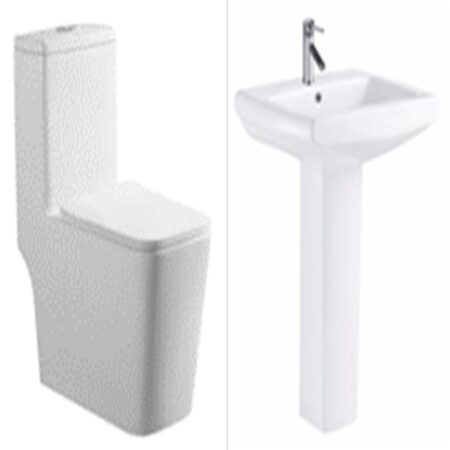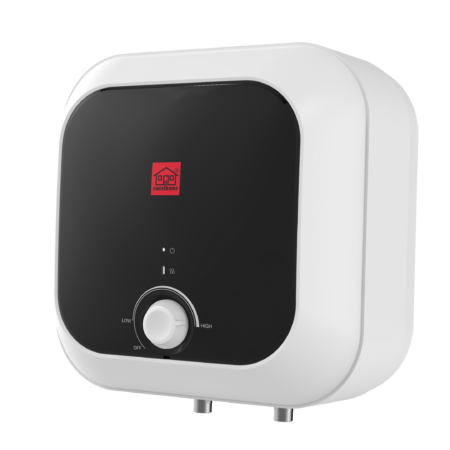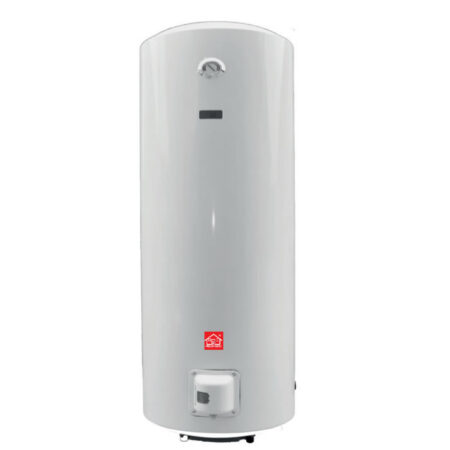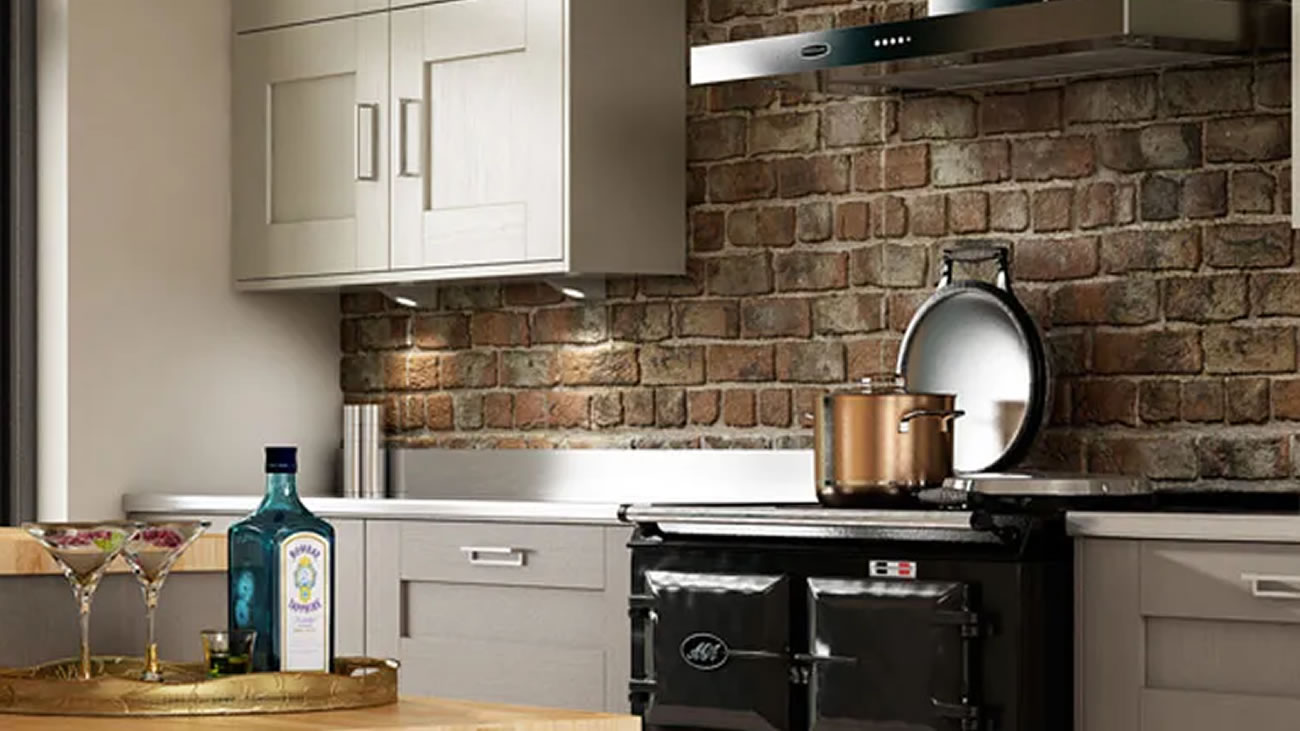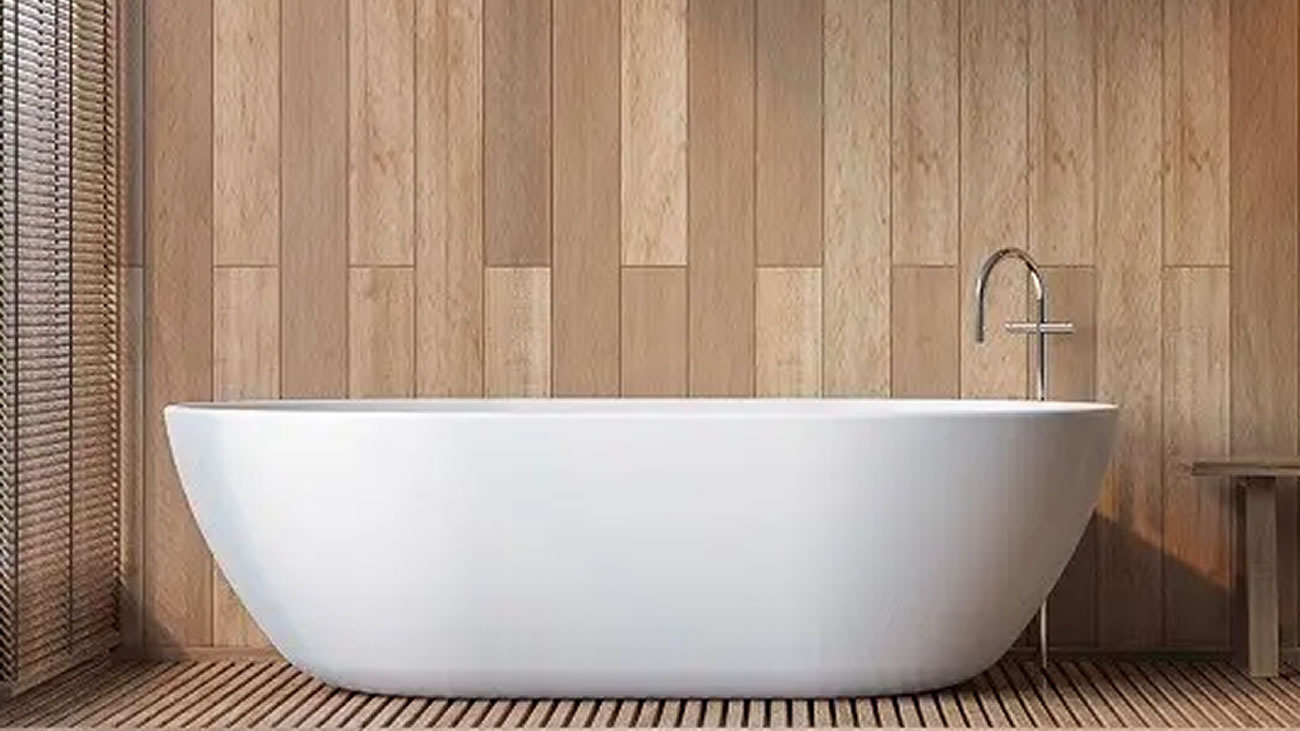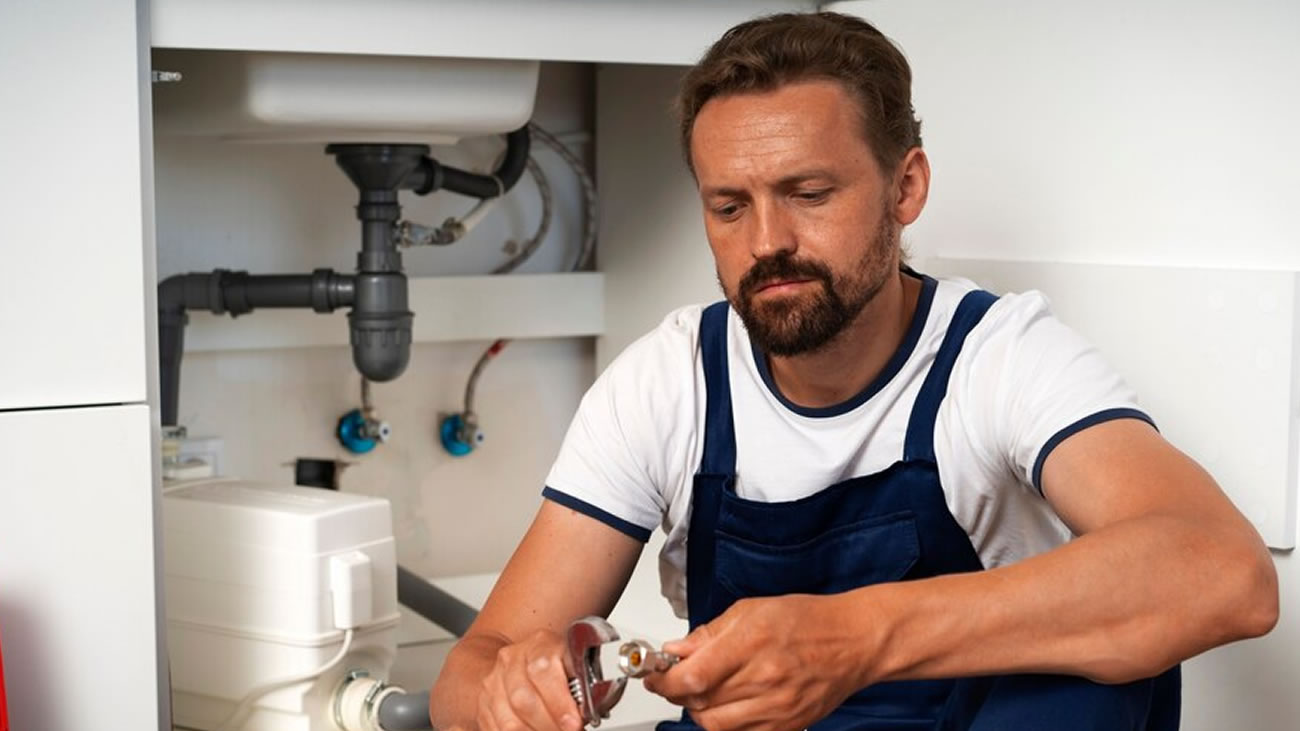Clean, Tidy Kitchen? Yes please!
1 – Keep it minimal
A few years ago, my counters were lined end to end with appliances, jars, utensils, etc. I was perfectly content with that, and felt that my kitchen was tidy.
Someone commented on my blog mentioning that I had SO much stuff on my counters. I didn’t think much of it because I liked my stuff displayed and within easy reach. Then I read an article about how it’s much better to put everything away in a cupboard so your counters are completely clear. That sounded extreme to me. Besides, there was NO way I could fit everything on my counters into my cupboards.
But then I tried it. And it was heavenly.
Without a bunch of junk cluttering up your counters, you have so much more room for prep work. Plus you’re more motivated to actually wipe down your counters if you don’t have to move everything first. And if anything is out of place, it’s super obvious.
I know this isn’t for everyone, but the more things you can put away in your cupboards, the better. If you don’t have room in your cupboards, throw out, donate, or sell things that you never use.
I personally like to keep out appliances that we use every day (for example, we usually use our blender 1-2 times a day), or ones that are so heavy that it would be a major pain to haul out when I need it (like my stand mixer). I also like to keep my cooking utensils (spatulas, whisks, spoons, tongs, etc.) out on my counter because there just isn’t a good spot for them in my cupboards.
Find what works for you!
2 – Start with a clean kitchen
If at all possible, don’t start cooking until your kitchen is relatively clean. If you start cooking and your kitchen is already a disaster, you’ll just get depressed and throw up your hands in despair after cooking a meal.
If you start with a clean slate, you’ll be more motivated to keep it clean.
3 – Clean while you wait
If you find yourself with some free time in the kitchen, use it wisely! For example, if you’re waiting for a pot of water to come to a boil, instead of standing around, do a bit of cleaning. Start unloading the dishwasher. Put away cooking utensils that you’re done using. Wipe down the counters. You’ll be amazed at how much you can get done during the in-between times of cooking.
4 – Let the water out of the sink right away
I know this sounds super basic, but it really makes a difference. It’s so gross when I forget to let the water out, and have to stick my hands in cold, greasy water. If you do it right after you wash dishes, it’s way easier to wipe out the sink. Which brings me to my next tip …
5 – Wipe out the sink after washing dishes
I know it’s super gross, but I used to leave all the little chunks of food from washing dishes in the sink when I was done. If you take 2 minutes to dump out the food scraps and wipe down the surfaces, your sink will be ready to go the next time you need to wash dishes. #worthit

